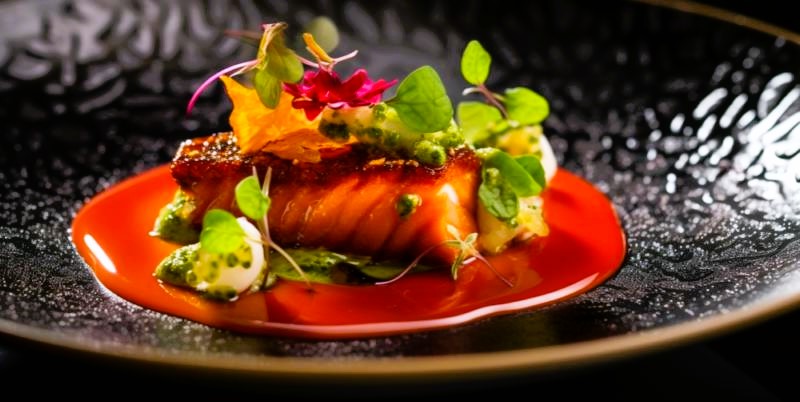In the world of gastronomy, fusion cuisine stands as a testament to the power of creativity and cultural exchange. This culinary art form involves the harmonious blending of ingredients, techniques, and flavors from different culinary traditions, resulting in dishes that are greater than the sum of their parts. Fusion cuisine celebrates diversity, challenges norms, and offers a tantalizing journey for the palate. In this article, we delve into the world of fusion cuisine, exploring its origins, characteristics, and how it continues to reshape the culinary landscape.
A Symphony of Flavors: The Origins of Fusion Cuisine
The roots of fusion cuisine can be traced back to ancient times, when trade routes and migrations facilitated the exchange of ingredients and culinary practices. Spices, herbs, and cooking methods traveled along these routes, influencing the cuisines of various regions. The fusion of flavors occurred naturally as cultures collided, giving birth to new and exciting culinary combinations.
In recent history, fusion cuisine gained prominence as chefs sought to break free from culinary boundaries. The 20th century witnessed an explosion of creativity as chefs experimented with combining ingredients and techniques from different cultures, resulting in innovative and unexpected dishes that delighted diners around the world.
Characteristics of Fusion Cuisine:

Fusion cuisine is characterized by its ability to seamlessly weave together ingredients and techniques from disparate culinary traditions. Here are some key features that define fusion dishes:
- Creative Pairings: Fusion cuisine thrives on unexpected combinations. Ingredients that might not traditionally be paired together find harmony in a single dish, creating unique and memorable flavors.
- Balanced Blending: The art of fusion lies in achieving a harmonious balance. Each component contributes to the overall dish without overpowering the others, allowing the individual flavors to shine.
- Innovative Techniques: Fusion dishes often involve the application of innovative cooking techniques that transcend traditional boundaries. Chefs may experiment with methods such as sous-vide, molecular gastronomy, or infusions to create distinctive textures and presentations.
- Cultural Homage: Fusion cuisine pays homage to the cultures it draws from. Chefs aim to honor the authenticity of each tradition while adding their own creative twist.
Culinary Masterpieces and Global Influences:
Fusion cuisine celebrates the interconnectedness of our world. Chefs draw inspiration from their own cultural backgrounds, travels, and encounters with diverse culinary traditions. This blending of global influences enriches the culinary landscape, offering diners a chance to explore flavors from around the world in a single bite. Choose the perfect restaurant for your wedding, see the link for more details.
From Korean tacos to Indian-inspired pizza, fusion cuisine reimagines familiar dishes through a multicultural lens. This creative process often results in culinary masterpieces that challenge preconceived notions and redefine our understanding of food.
Standardization and Culinary Innovation:

Websites like Wikipedia and Canada.ca play a vital role in advancing the understanding of fusion cuisine. Wikipedia’s articles on fusion cuisine and global culinary traditions provide insights into the evolution and impact of this culinary art form.
Canada.ca ensures that food safety standards are upheld even in the realm of fusion cuisine. The website offers resources that guide chefs in creating innovative dishes while adhering to strict food safety regulations.
In Conclusion: An Ode to Creativity and Diversity
Fusion cuisine transcends borders, cultures, and culinary norms to create a symphony of flavors that resonates with the adventurous palate. It celebrates the diversity of our world while fostering creativity and innovation. With each fusion dish, chefs and diners embark on a journey that bridges traditions, explores uncharted territories, and unites us through the universal language of food.
References:
- Wikipedia – Food safety and nutrition.

